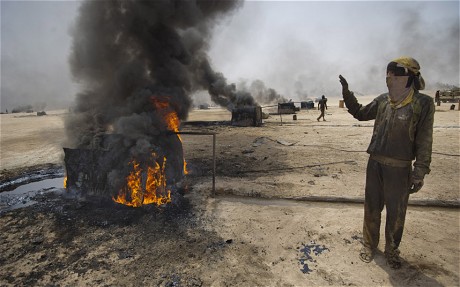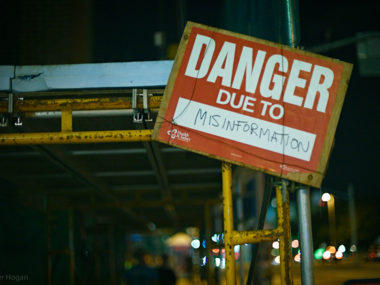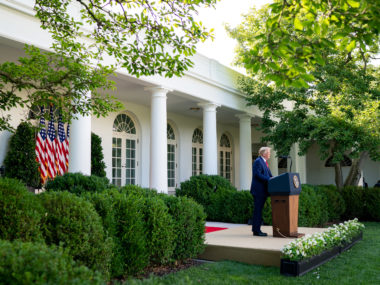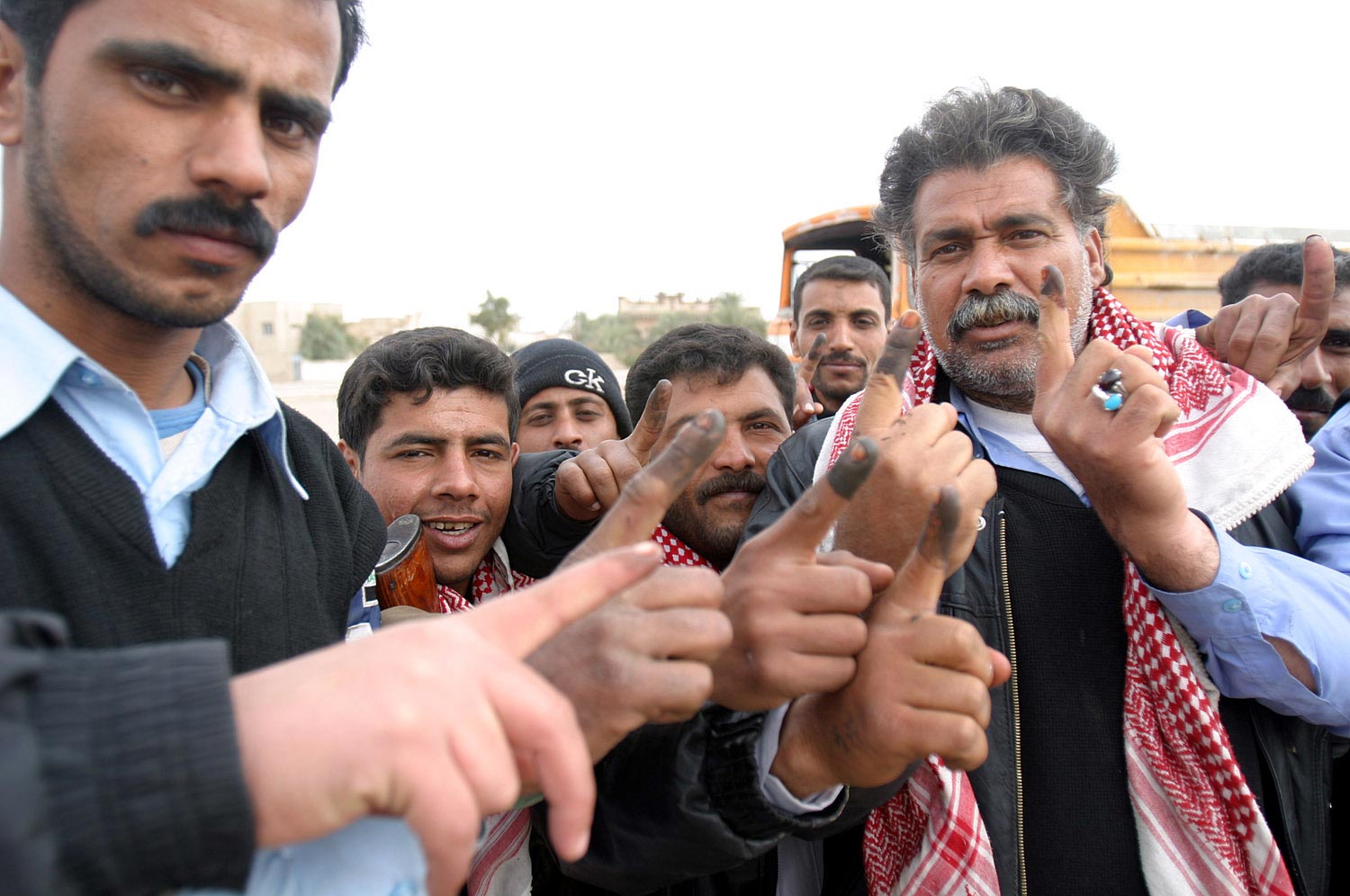By Oliver Kaplan for Denver Dialogues

(Please note: A Spanish version of this post is available at Las 2 Orillas.)
PART I: On the Peace Process
A pressing question for armed conflicts around the globe is how local nonviolent actors can contribute to national-level peace processes. To better understand how people from the “regions” view the current national peace negotiations in Colombia, I recently spoke with Donaldo Quiroga, current president of the Peasant Worker’s Association of the Carare River (ATCC). I reached Quiroga via phone in Barrancabermeja, Santander, Colombia (August 15, 2015).[1]
The ATCC was founded in 1987 and is based in La India, Santander. The region was contested by the FARC, the paramilitaries, and the military for decades from the mid-1970s to the mid-2000s. Today, it could be termed a recent “post-conflict” setting, although they still see and worry about criminal actors (post-paramilitary criminal bands, or BACRIM). The ATCC peasants are known for their nonviolent efforts to reduce violence and navigate the conflict and have shared their experiences at various meetings around the country. Quiroga and his organization have outlasted and outlived multiple armed groups and their commanders. They also have far more experience brokering and maintaining peace than any of negotiators at the national peace table in Havana, Cuba.
With low support for the national peace talks, are you optimistic about a peace agreement?
Yes, I am optimistic. At this point, looking at the progress, it is harder to go back than to continue. It is one thing to live in the city and say that the only way to end the conflict is with arms. But the other population—the one living with war in the territories—is facing another reality, a cross-fire, and we think it’s better to negotiate. The only way to end a conflict is dialogue and negotiation.
However, they [the negotiators in Havana] are not signing peace in Colombia, just with one guerrilla group [FARC], one actor. It will be a big step, since this guerrilla group has caused problems in the country for many years. But there is also still the ELN and both armed and political forms of paramilitarism—for us in the territories, paramilitarism and BACRIMs continue.[2] There is also the problem of the extractive industries, or what we call “extractivismo” by multinational companies [especially mining], which causes conflict and [forced] displacement, perhaps more than that caused by the armed groups. Implementation is also a concern, since there isn’t a clear implementation plan in place yet.

What is your opinion of the recent de-escalation and FARC ceasefire? Are you worried that continued fighting could harm the peace talks?
War continues, but the government de-escalation and FARC ceasefire have validated the peace process and will strengthen its credibility and give confidence to the population. A full bilateral ceasefire would give a different rhythm (“rumbo”) to the talks and reduce uncertainty among population. The talks have only been between Mr. Santos (President Juan Manuel Santos) and the FARC, and a ceasefire makes it more real in the territory. It’s hard to call it a post-conflict situation without a ceasefire. The ceasefire and de-escalation [now] is important because time is needed to build trust among the sides for good implementation of the accords later.
As someone who has been part of a local organization that has dialogued with armed actors, what advice do you have for the government and FARC negotiators in Havana?
First, they should look at and evaluate local peace experiences and open a space for them in the talks. There are many examples of successful local and international experiences. These illustrate steps to maintain peace and have lessons for how to think differently and reach a consensus for true and sustainable peace.
Second, we have learned that peace is an everyday process. To give a decree is to give an order. We are worried that they won’t discuss with locals and will just issue decrees, just sign a paper [and be done]. But we will build it, and since locals are going to implement the peace in the future, they should be included. We [of La India] have been building grassroots peace for many years. To make sure it works, you have to keep communication and dialogue going everyday.
A third main lesson from our experience is the “humanization” of dialogue and respect for the “other.” In Colombia, when a soldier is killed he is a “defender of the patria” while a killed guerrilla is a “dead terrorist,” and there is this right-left political divide. This doesn’t open a space to humanize discussion, promote the respect of life and respect for those who think differently. If you call the other side the worst rat or cockroach, it’s hard to then sit down to dialogue with them.
Do you feel you and people like you have had opportunities for input in the process, or do you feel excluded? What would you like to see happen for improved citizen participation? How do you see local organizations like yours contributing to the national peace process?
There have been peace forums where [the government and the UN] brought together many people and experiences around the country. At least on paper, we gave our opinion on each agenda point of the talks. We have also talked with the High Commissioner for Peace (Alto Comisionado para la Paz) about what “peace” is and our concerns about implementation. We are not sure if it has been taken into account or had an “echo,” but at least we registered our ideas.
I believe that the negotiations need participation of victims, since memory is important. Victims have had a little representation, but there are not enough feet on the ground in Havana (“falta de patas”) of those who have suffered the most. The guerrillas have talked about “peace in the territories” and the government has copied their phrase, but which “territory” are they talking about? What is the spiritual concept (cosmovision) of peace [the meaning of territory and belonging] where the accords will be implemented? They should ask campesinos, Indigenous, Afro-Colombians, and women for their ideas so they know what kind of peace they want to see implemented.
We need to be included in preparing the territory for post-conflict. We’ve already been doing this work during conflict for 28 years and have been supporting peace in the country by being an important local model. We have worked with demobilized combatants at the local level and have shared our territory with demobilized from all sides—guerrilla, paramilitary, and retired military; victims and victimizers—all co-existing. We can share how that works and how to promote reconciliation and forgiveness.
[1] This conversation was translated from Spanish by the interviewer and edited for clarity. Weblinks added by interviewer.
[2] Quiroga seemed to be referring to both criminal bands that arose after the paramilitary demobilization from 2003-2006 as well as efforts by these and other groups to influence politicians as well as politicians’ use of these organizations for electoral gains.







5 comments